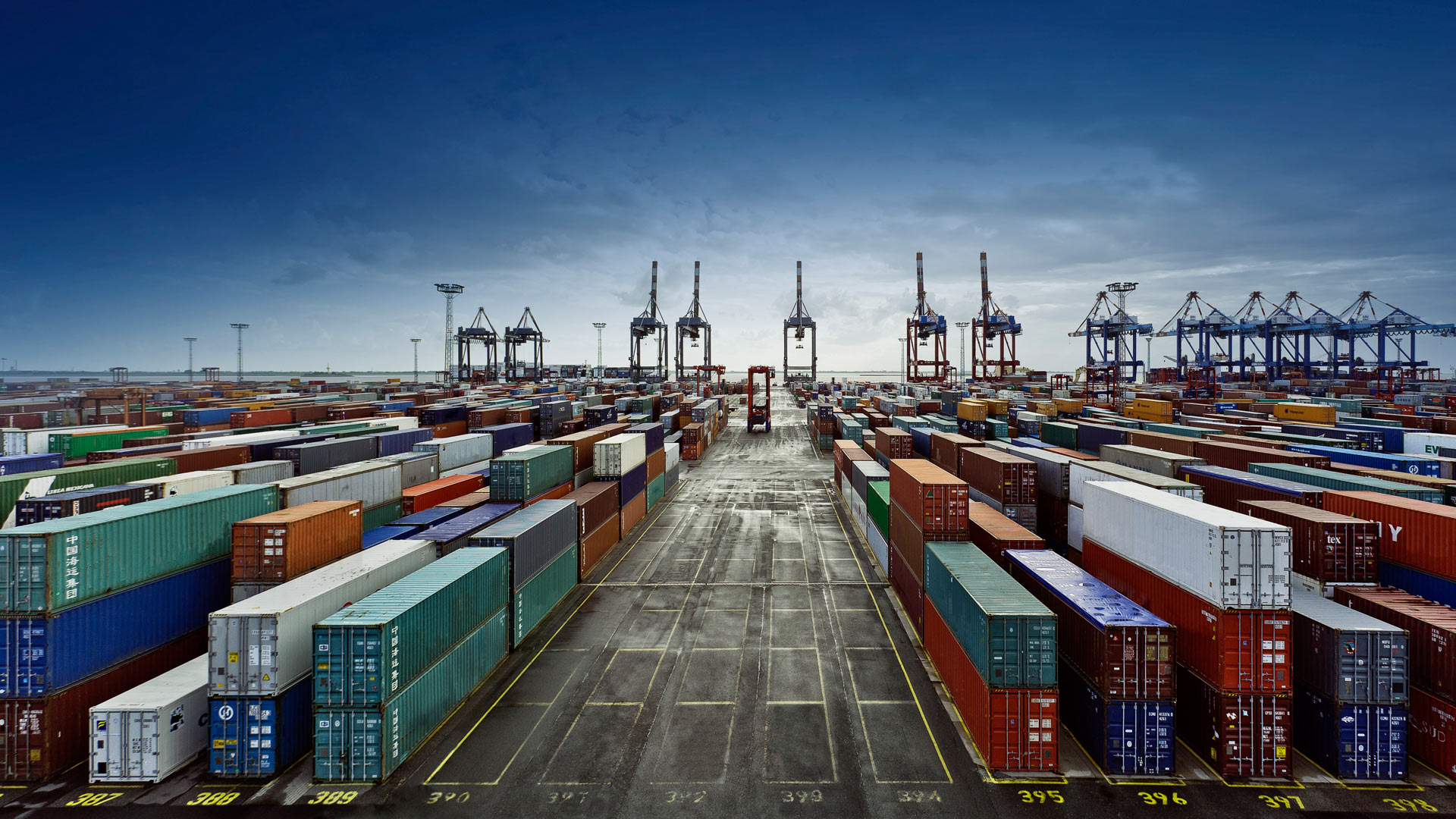
Indonesia’s Recent Trade Surplus and Its Sustainability
| Article | Monday, 06 May 2019
The performance of Indonesia’s trade, which had been deteriorating since the beginning of last year seems to have shown a glint of positive signals in the past two months. Indonesia’s balance of trade in March recorded a surplus of US$540 million, marking the second consecutive month of trade surpluses this year. The March surplus was even higher than the US$330 million surplus recorded in February, which may indicate an improvement in Indonesia’s trade performance this year.
Besides its increasing surplus value, the surplus in March also has different characteristics from that in February. Where as the surplus in February was mainly resulted from a plunge in imports, the March surplus was driven by a significant increase in exports. It is true that exports in March was still recorded a 10% decline compared to the same month last year, just as occurred in January and February this year. On a month to month basis, nonetheless, exports grew by 11.7%, demonstrating a turnaround from a persistent slowdown in the last eight months, this has become the best achievement since July 2018.Despite the fact that imports have also started to soar after a persistent decceleration in the last eight months, they grew slower compared to exports.
The soaring exports in March was driven by an increase in non-oil and gas sector, particularly from mineral fuel (24.2%)and ore, slag and ash (110.4%). China was the largest contributor to the rising exports as Indonesia’s exports to China grew by 28.5%, a lot stronger than export growth to other major trading partners like Japan, US, EU and India. China’s demand for Indonesian coal, for example, has increased since the beginning of this year partly, thanks to the country’s recent resistance against Australian thermal coal. China seems to defy expectation of an economic deceleration, as it saw an unexpected 26.6% month to month increase in imports in March this year.
Another positive signal is that imports of raw materials and auxiliary good since March increased by 12.34% on a month to month basis, indicating an improved domestic production.This trend is in line with an improvement in the purchasing managers index of Indonesian manufacturing sector in last three months, which indicates a further expansion of domestic manufacturing activities.
Will this positive trend sustain?
This recent trend may look promising for Indonesia. However, the positive signals do not seem to be strong enough for a number of reasons.First, global economic slowdown does not seem to cease anytime soon. The IMF has recently become less optimistic as they has recently lowered their outlook on the global economic growth for this year from 3.5% to 3.3%. The United States and China may move closer to reach a deal to end the trade war, but another trade war initiated by the US against the European Union may sustain global uncertainties.
Second, Indonesia’s recent positive export performance was mainly contributed by increased exports in the mining sector by 31% (month to month), whose prices will probably remain volatile this year. The increased coal exports to China, for example, was partly driven by an expected Chinese ban for Australian thermal coal, leading to an increased coal demand – and prices – for coal from other main suppliers including Indonesia. The average international coal prices in March actually declined from around S$650/MmBtu in May last year to only US$ 530.1/MmBtu on average in March 2019. Similarly, the prices of other Indonesian leading commodities such palm oil and rubber is also estimated to weaken further. On the other hand, exports for manufactures only grew by 9.5% in March, far below the mining export growth.
Third, despite the increase in raw materials and auxiliary goods imports, imports of consumption goods – especially cereals – remained strong, or even higher at 13.49%in March.An anticipation for Ramadhan fasting month due in early May may become the cause for the increase. Although this seems to be a seasonal effect, it may also mean that the government’s policy to control consumption goods imports since September last year have not been sufficiently effective.
Forth, given Indonesia is a net importer of oil, an increasing oil prices may threaten Indonesia’s trade performance in the coming months. The prices of Brent Crude oil have rebound from its lowest point - US$50/barrel - in December last year to US$ 72/barrel, whereas the West Texas Intermediate crude oil prices have also been persistently experiencing an upward trend to US$ 64/barrel from just US$42.5/barrel in December last year. Fortunately, the effect of oil prices increase on Indonesia’s trade performance in March was tamed by a rise in exports of gas procurement(46%).Nonetheless, the government should always be prepared for a continued oil price spike throughout this year following a shrinking oil supply and geopolitical issues especially US sanction on Iran, while demand is apparently not as weak as expected.
To conclude, Indonesia’s trade surplus in the past two months may lead an improved trade performance this year, contributing to a better prospect for the overall economic growth.Even if trade surplus for the whole year is still difficult to achieve, trade deficit may probably be narrowing. However, fundamental problems remain, which requires a structural transformation as the main economic agenda for the elected president in the next five years. The most important element of the transformation is the strengthening of the manufacturing sector as the main driving force of exports, which can lead to a stronger and more sustainable trade surplus in the future.
Artikel ini ditulis oleh Mohammad Faisal, Ph.D (Direktur Eksekutif CORE) dan dimuat di kolom Opini Harian The Jakarta Post (Selasa, 2 Mei 2019).
